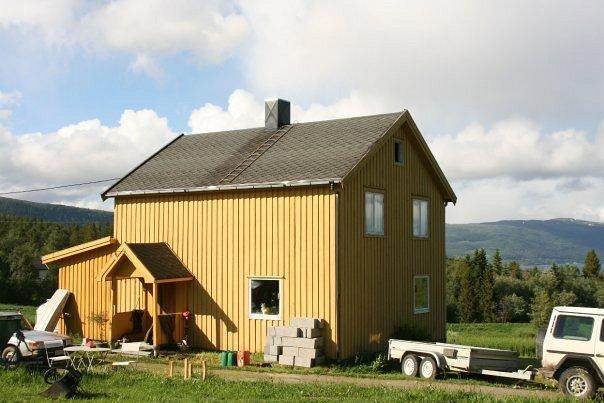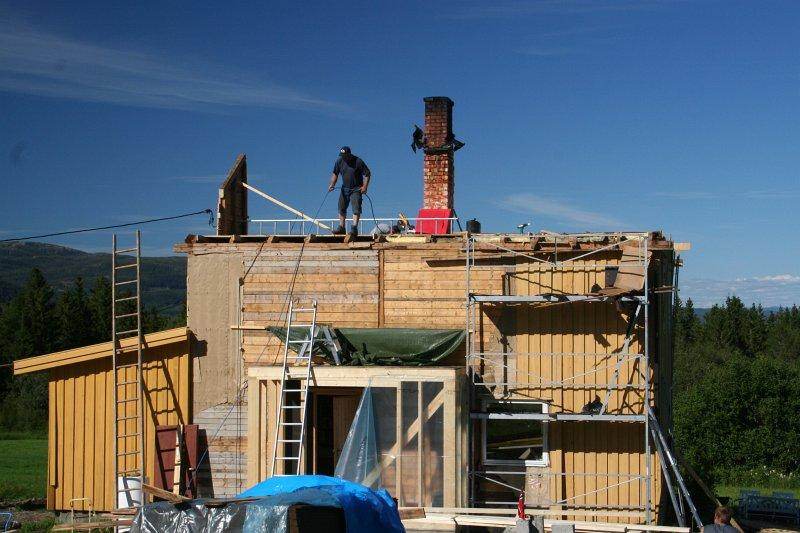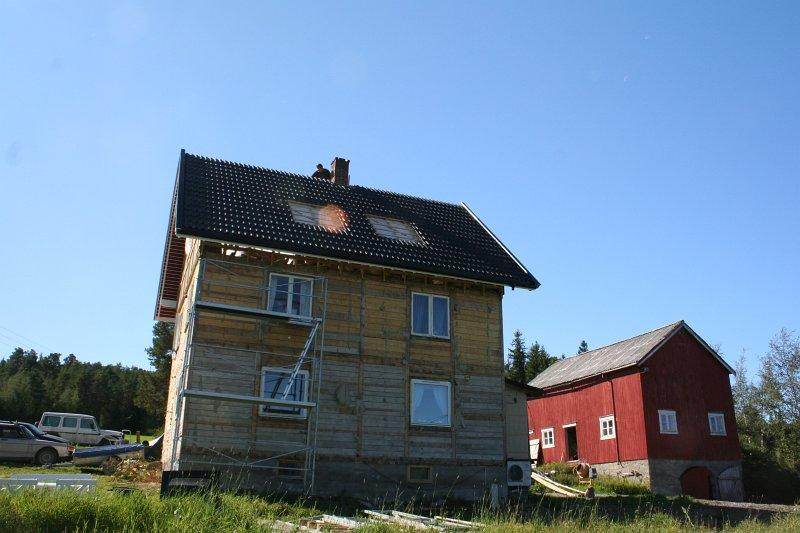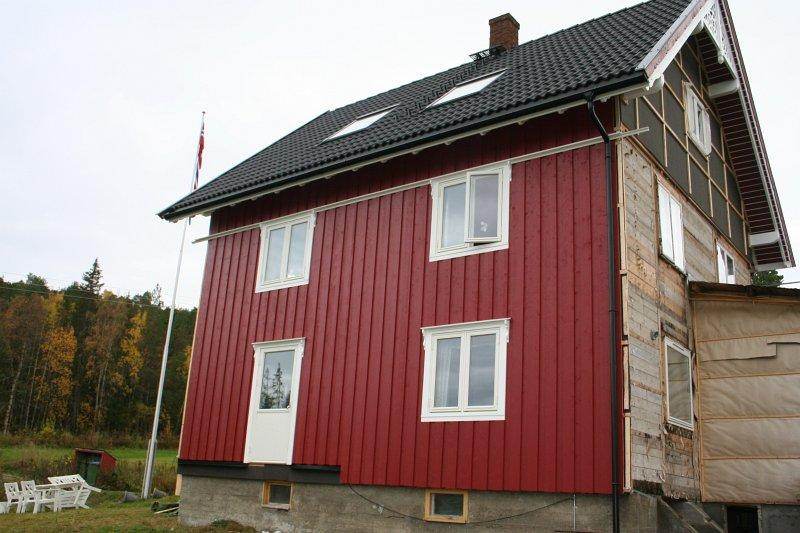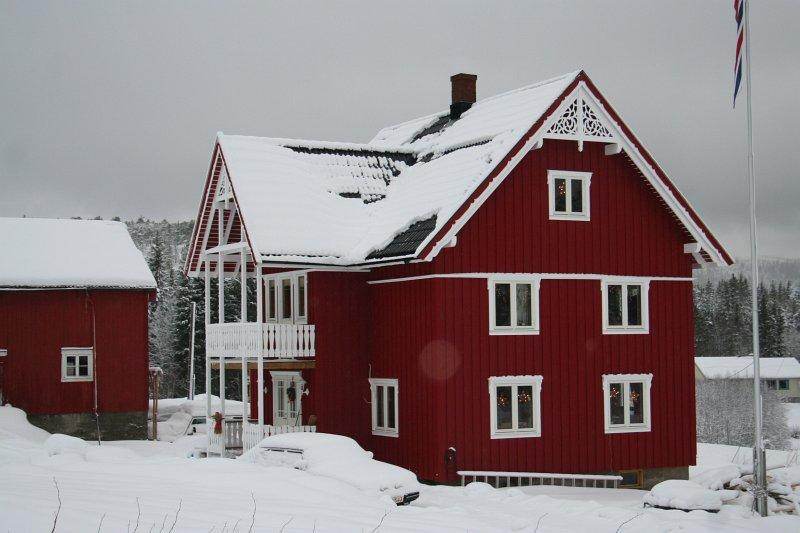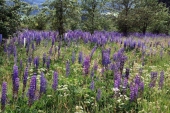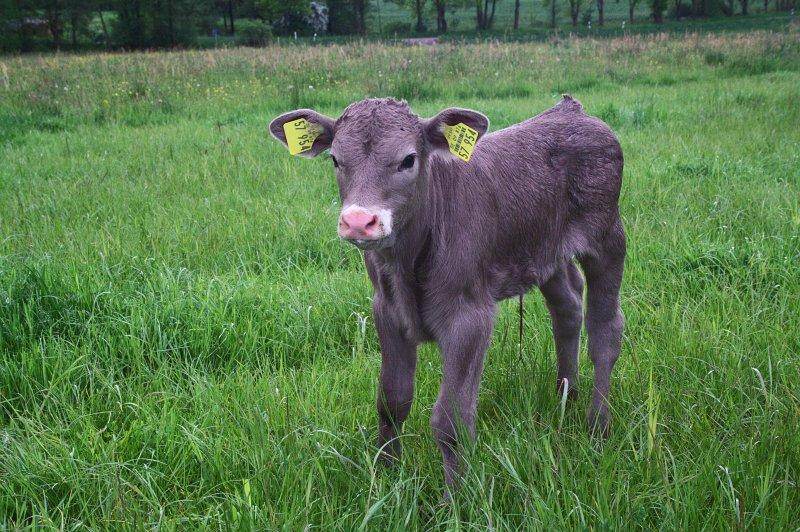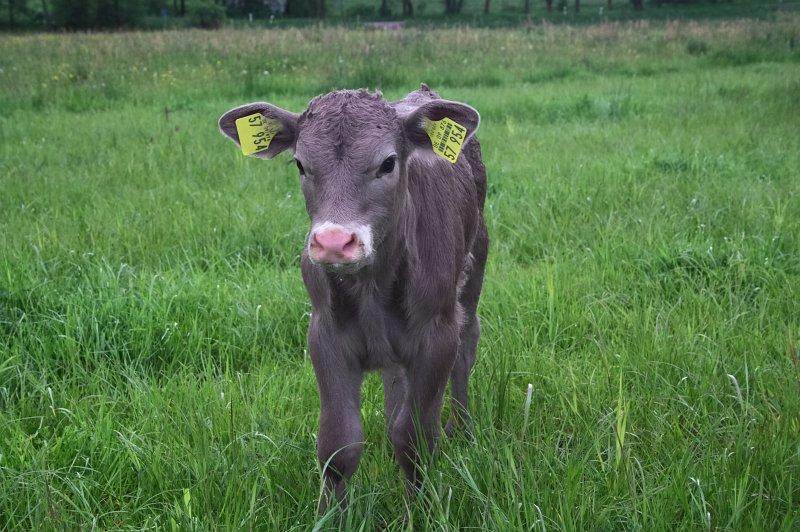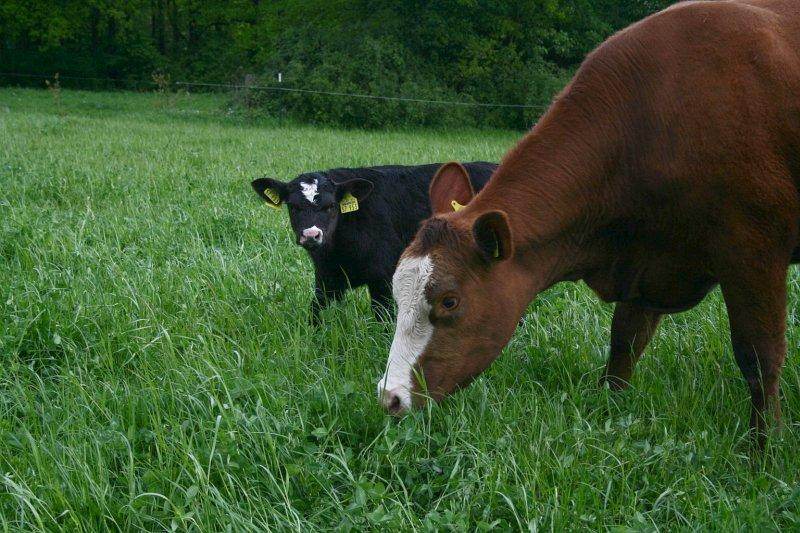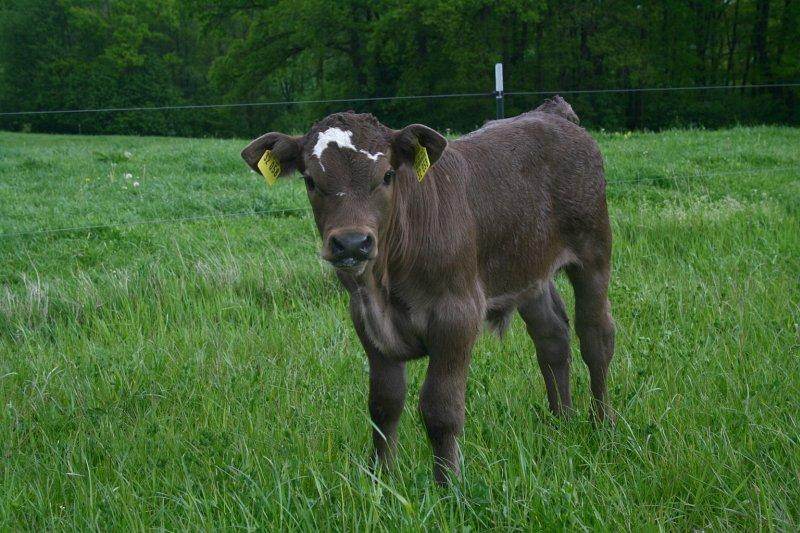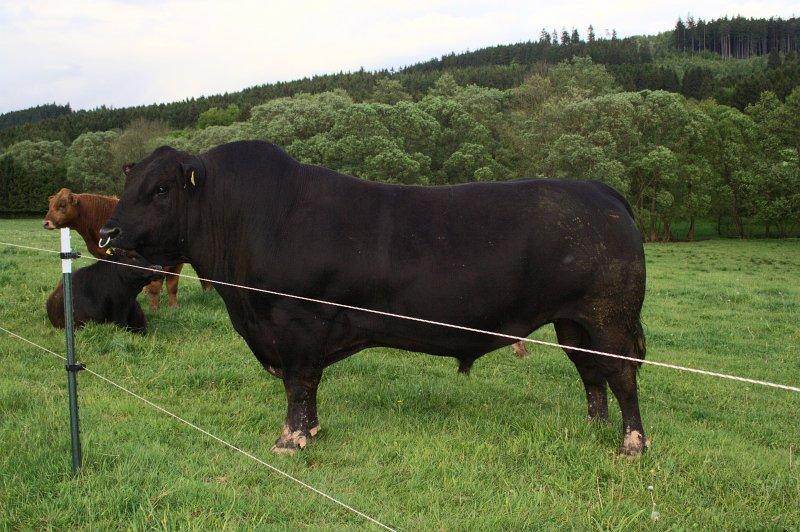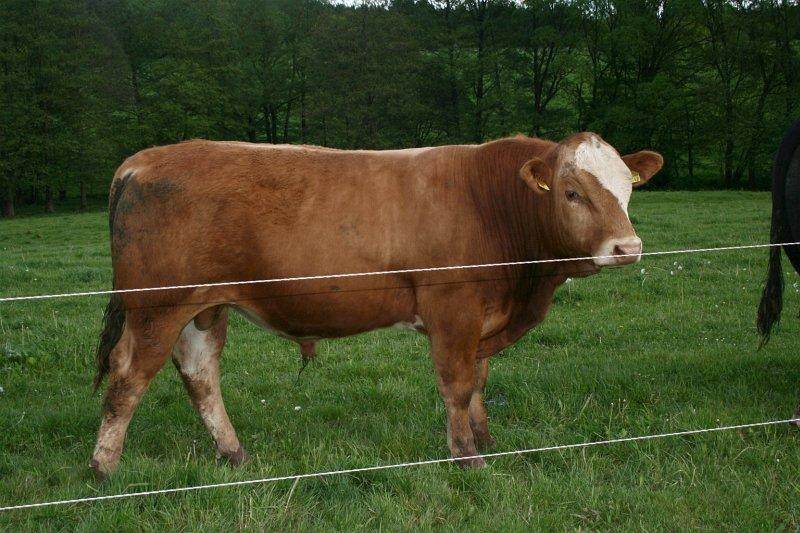What Sepp is showing in the Video is not the spring itself, but the sedimentation tank.
The water is coming in from the spring through the pipe from the left side.
You dig out the spring as deep into the hillside as you can. Be carefull not to destroy the impermeable layer below it, or you would loose the water.
Than you built a little dam in front of the spring. Made of loam or clay or concrete or plastic, whatever is available.
You put in a perforated pipe as water intake.
Than you fill the spring with washed gravel.
To avoid sediment from above to plug the holes in the intake tube you cover the whole thing with clay or loam or concrete or food grade geotextile.
Some Pictures:
http://www.mosimann-leitungsbau.ch/Quellwasser-Fassungen.htm
The cover also prevents surface water from running into the spring.
Than you put on as much earth as possible. Our regulations here say, springs used for trinking water need to have at least 3 m of cover on them, to prevent surface pathogens from getting into the water.
Below the spring usually s sedimentation box is installed to avoid sediments getting into your pipe system.




